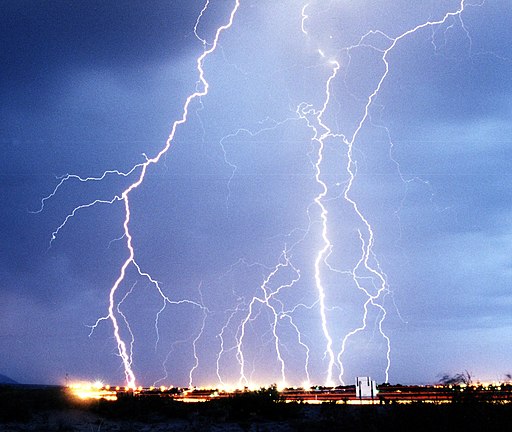Op-eds are part of a longstanding tradition which has survived the transition from print to screen. Most publications today welcome op-ed pieces.
Succinct, timely, and well-written opinion articles are
published daily in print and online media.
Many publications have their own “Op-Ed Page” dedicated to sharing these
third-party views with readership.
Op-Ed is Not a Letter to the Editor
Op-eds are more than the more informal “letter to the
editor.” Letters to the Editor deal with
content published by the publication.
The letter may agree with something published recently, or it may provide
additional information that was not covered in the piece. Often, Letters to the Editor voice
displeasure or disagreement with something previously published by the newspaper,
magazine, or site.
Letters to the Editor are short. They deal with recent stories (something
published days or a week or two beforehand).
It’s fine to write Letters to the Editor. They’re like comments to a noted blog like
Grits for Breakfast. However, if you
have more than a paragraph or two, then you may want to consider submitting an
op-ed.
.
Basics of an Op-Ed
The term “op-ed” is short for “opposite the editorial page.” It’s a bigger, more complex piece than a letter to the editor. Unlike a letter to
the editor, the op-ed may or may not
come from a subscriber or dedicated reader of the publication.
Op-eds are longer than letters to the editor, but they are
still succinct. An op-ed will run between 400 -1200 words,
depending upon the publication.
It will deal with
recent news topics or current events.
These will be areas of concern to
the publication’s readership. A
beautifully written op-ed dealing with hurricane relief may not be published in
the Chicago Tribune, but it might be
most welcome at the Miami Herald.
The author will have a level
of expertise on the subject matter. It’s true that op-eds help to build the reputation
of the author as an “influencer” or “thought-leader,” but it’s also true that
most publications want op-eds from those who already have a level of expertise
in the subject matter.
Lawyers practicing in criminal law may write about pending
cases dealing with issues before the Supreme Court like capital punishment or
search and seizure protections. Doctors
practicing in rural areas may write on the impact of federal funding on health
care or how to fight the growing lack of physicians outside urban centers. You get the idea.
.
Should You Write an Op-Ed?
An op-ed can be
powerful. It’s possible for your article
to reach millions of readers, influencing or educating their perspective on the
issue. It’s tool for good.
It’s possible that
you will benefit from increased name recognition, as well. If you have a public relations or marketing
consultant, then they probably love the idea of op-ed submissions to increase
your exposure and visibility in your area of expertise.
.
Tips for Writing Op-Eds
If you decide to
write an opinion article, then consider the following tips:
.
1. Check the Guidelines
Publications have requirements for op-ed articles. Follow them.
Here are some examples of publication guidelines for Op-Eds:
.
2. Focus on a Single Argument
Limit your piece to
a single argument. There simply isn’t the
word count for more than one point to be made.
.
3. The Rule of Three
Remember the sage
advice of your high school English teacher:
tell them what you will say, say it, then tell them what you said. The op-ed isn’t the place for beautiful
descriptions of a pleasant memory from your childhood to set the tone for the piece.
Get to the argument from the
get-go.
.
4. Help the Reader
Consider your
reader. What’s here for them, do you have
solutions to the problem after you’ve identified it? You can’t just argue your position; you need
to include recommendations on how to fix things. Examples are great.
.
5. Write to the Reading Level of the Publication
Consider the reading
level of the publication. Use free
software like Hemingway if necessary.
.









